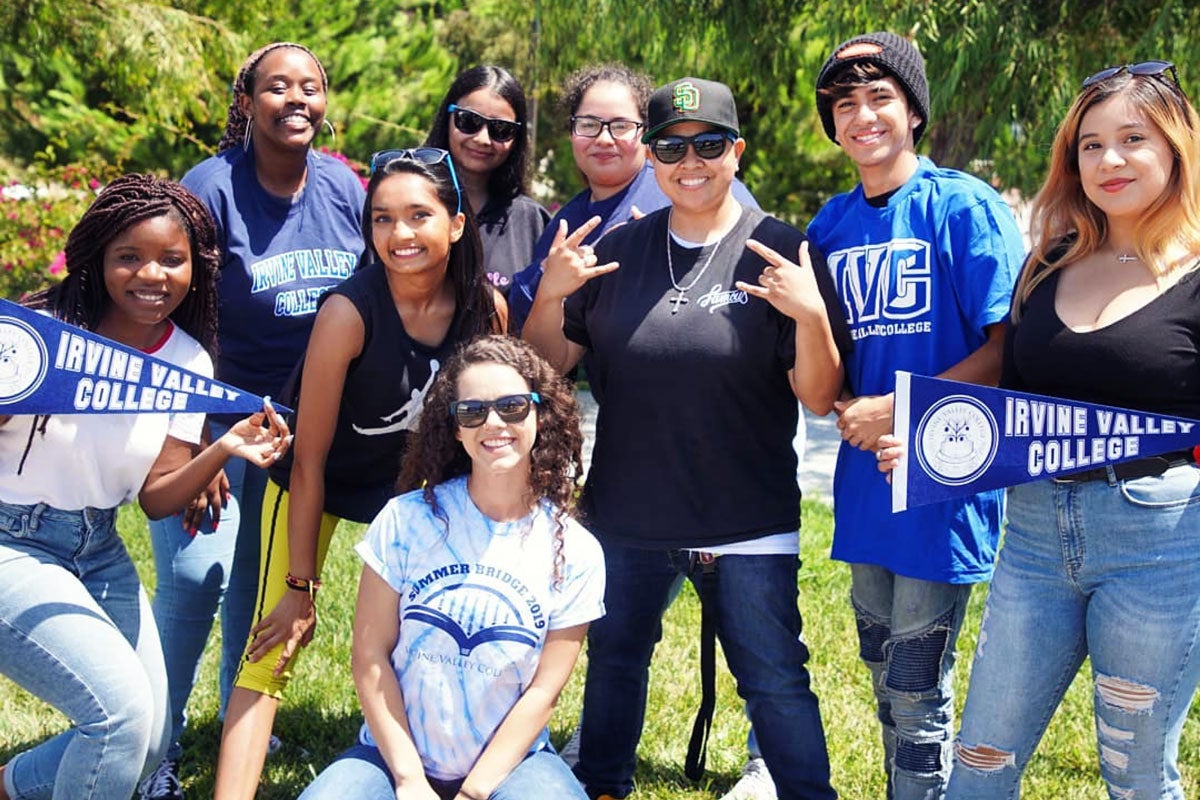Information Security Policy Review
Information Security Policy Review (ISPR) procedures provide formal methods for which Information Security Regulations, Standards, and Best Practices are conducted.
Accessibility and Section 508
Section 508 is a federal law that was adopted in California as California Government Code 11135 and further adopted by the California Community College System on January 1, 2003. The law mandates that all information and communication technology developed, procured, maintained, or used by state-supported, operated, funded, or administered programs and activities be accessible to people with disabilities. The law also establishes standards for what is considered accessible for Information and Communications Technology (ICT) (CCC Accessibility Administrator FAQs).
Furthermore, California state-funded agencies are responsible for ensuring that web content, non-web documents, and software comply with the Web Content Accessibility Guidelines (WCAG) 2.0, Level A, and Level AA (CCC Accessibility Policy, Standards, & FAQs).
As a result, the individual or business unit endorsing the ICT (Project Owner) shall attain a completed Voluntary Product Accessibly Template (VPAT) from all vendors being evaluated before ICT is purchased, procured, or otherwise adopted. VPATs must be reviewed and submitted along with their corresponding Jaggaer Requisition before the purchase is approved and a Jaggaer Purchase Order is created.
This standard is divided into the following sections below:





